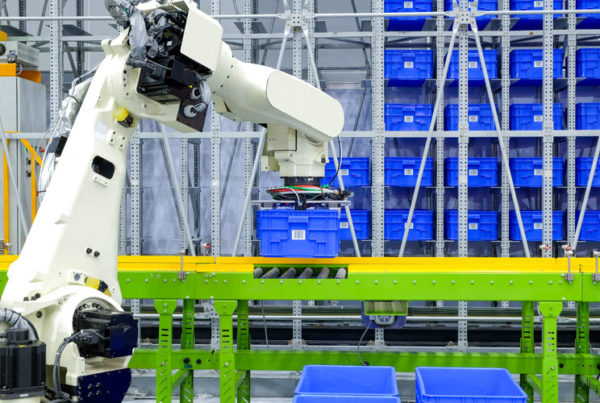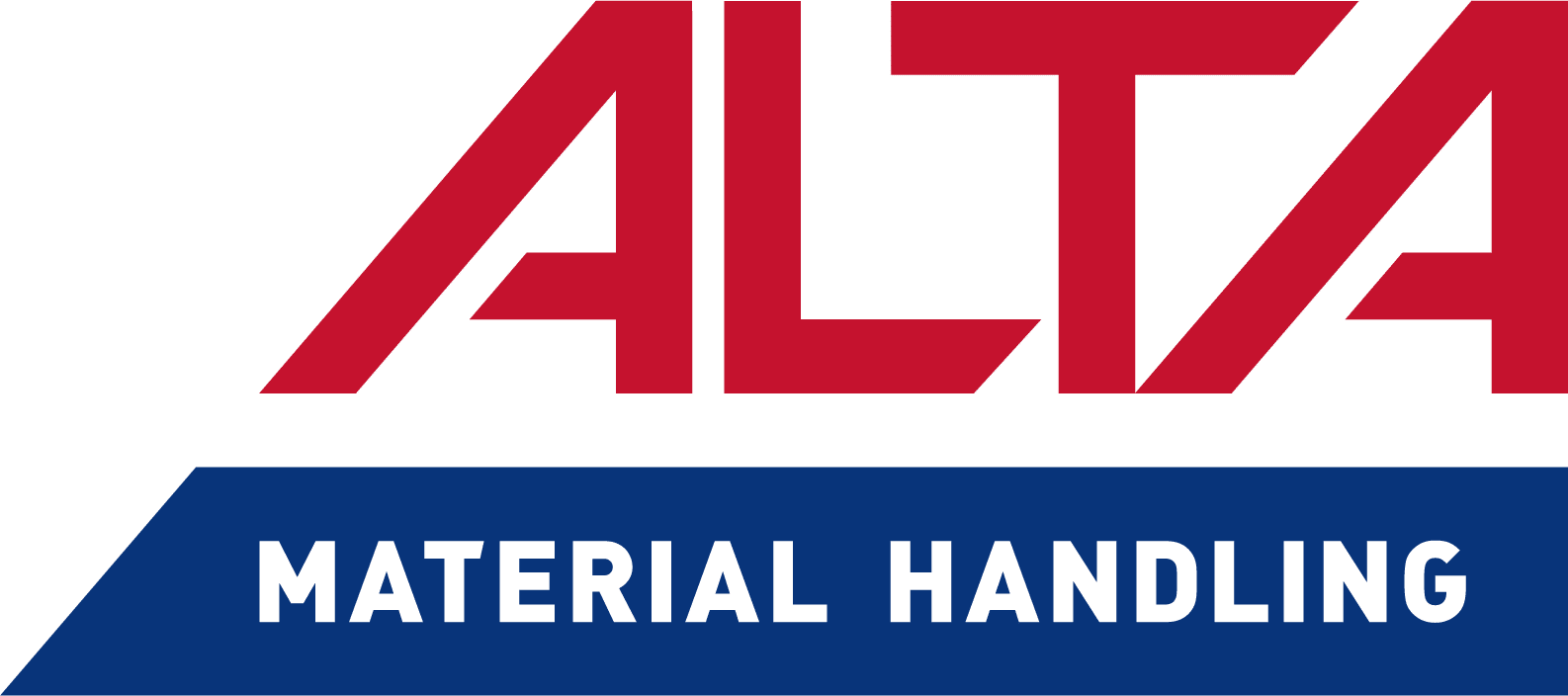When businesses look to optimize, the kneejerk reaction in today’s market is to consider automation. There are, however, alternatives that should be considered. While automation can be the answer to productivity and cost savings, there are many things to consider when making this decision.
Optimization can happen without implementing expensive automation solutions. The tools that businesses have used for decades – retraining, overtime pay, the ratio of full-time to part-time staff, and the use of seasonal help – are all part of maximizing productivity and minimizing costs. But today, like never before, new technologies are allowing companies to engineer how their labor hours are used, and where their payroll dollars are going.
For companies that consider automation and decide that it’s right for them, new staffing needs must still be addressed; as automation optimizes the processes, staffing needs also change. Almost certainly, fewer people will be needed – but those people will still need the right training, and then will need to be in the right places at the right times to ensure automation is being utilized effectively.
As part of our webinar series on automation and fulfillment, I sat down with Greg Ellis, President, and Jonathan Guynn, Project Manager, of Precision Distribution Consulting (PDC), a privately owned, independent, consulting and engineering firm. PDC develops customized logistics and distribution roadmaps for their clients, to help them find sustainable warehouse solutions.
The ultimate technologies of bygone days
When Ellis and Guynn talk about Labor Planning, one of the first things they mention is an early attempt at labor modeling – the time study. Used since the turn of the 20th century, time studies are very simple yet fairly precise in their calculations. They are, however, also limited.
Guynn explains, “Time studies are very time consuming – for each function, you might have to observe it being done for a two-week period. Just grinding it out with a stop watch. And their level of detail isn’t necessarily accurate – a worker who knows they are being timed might behave differently than they would normally. And the times measured might not reflect what happens throughout the year – there might be seasonal changes in the fall or winter, for example, that cause slowdowns.”
The goal of labor modeling is to identify the lowest-cost staffing plan based on projected metrics of volume, task profiles, facility layout, and material-handling strategies. Time studies, while still used today, really only provide a snippet of information – a few moments out of a year in a business that might operate 365 days a year, and have hundreds or even thousands of employees. Using one data set can cause problems when it’s used as a model for what happens over the course of an entire year.
Time studies, in other words, are useful, but are not by themselves able to identify a business’s lowest cost staffing plan.
As businesses later in the 20th century looked for more exact solutions, they naturally turned to computing as technology became more available. But it’s really been just in the past few decades that computers have become powerful enough to model all of the variances that can happen in a busy warehouse.
Because equipment is manufactured with defined, precise tolerances and limits, it’s possible to input this information into software that can then create a simulation of what the equipment is capable of doing. Running a simulation like this can then show where slowdowns or backlogs might happen, and where opportunities lie, before a system is even installed.
Computer generated simulations do well with dependencies that are difficult to model mathematically. The example that Guynn gives is when a warehouse needs to add staff. As bodies get added to the line, congestion can become a problem – one operator may have to wait for another before she can finish her task. And while it’s hard to model that interaction mathematically, it’s possible to put that into a computer simulation and really see how it will play out in real time.
Computer generated simulations are very precise. Guynn adds, “They give a good view of what a business’s flow will actually look like.”
However, these simulations do have downsides. They’re time consuming and expensive. A lot of effort has to go into creating the simulations, which are all very customized and aren’t always flexible. Asking for a ‘What if…?’ scenario means going back through this time-consuming process of re-creating the simulation, making it difficult to ask, “What if I change the pick pass here?” “What if I change the flow there?” For these reasons, computer generated simulations are incapable of really giving a robust, variable model of what’s going to happen over the course of a year.
Daily reasonable expectancies model
While time studies and computer simulations are both useful tools, they just can’t handle all the variability and vagaries that happen over the course of a year. Something more was needed.
To resolve this need, PDC came up with their own model – the Daily Reasonable Expectancies Model – which aggregates data over the course of a year and identifies what’s really driving the rates at very precise times. Their proprietary model can break the year down into a pay period, a week, a shift, or even an hour.
Many times companies look at averages. They may have done a traditional time study and found that their pickers could do 130 cases an hour. Their full-pallet operator may be able to do 20 pallets an hour.
“But we’ve found that those numbers aren’t really true over the course of a year,” Guynn says. “Because as order profiles change, and as locations of pallets change – there are a lot of things that will change – those rates are wildly inconsistent. When you average what an operator can do over the course of a week – you may only hit that number one day out of seven. When you average it over the course of a year, you may never hit that number.”
Ellis adds, “That’s important to understand because as you look at any optimization or any potential changes to the layout, the differences in those order profiles are highly impactful in the results that you’ll get.”
PDC’s Daily Reasonable Expectancies Model takes in all of these inputs and outputs – all the variability in volume, distances, order profiles, etc. – and provides an optimized blend of what a business’ labor should look like. It finds the right mix of cost-effective labor to deliver the product to the customer.
And, unlike traditional tools such as time studies and computer simulations, the Daily Reasonable Expectancies Model is, in Guynn’s words, “Robust. It allows us to adjust for overtime rates, or changes in the labor market, or seasonal changes. It allows us to really grind into what the true drivers are behind staffing. And, as a result, it allows us to enter into this iterative process of looking at how to balance labor costs on a daily basis to best optimize our payroll dollars.”
One of the first things that drives the staffing model is the variable labor rate calculation. “Using ‘reasonable expectancies’ for each function,” Guynn explains, “we break that function down into its core components. And we can adjust in our model the time it takes to perform each of those core components. So if the distance to a pick changes, or the quantity changes, or if the packaging changes – these things can be adjusted for, so that the business can really see what the true labor requirement was for that function, in that hour, during that shift, on that day.” As the tool grinds through each day, it dynamically changes these frequencies, to arrive at the true rate for a given task over a given period.
PDC’s model even includes issues such as degrading performance. When a company has a backlog, it’s great to say, ‘I’ll get some seasonal help.’ Or, ‘I’ll throw overtime at it and I’ll be fine.’ But seasonal help never performs as well as full-time staff. And with overtime, in the ninth and tenth hour, performance really starts to slow down.
Caps on things such as the amount of overtime a company is willing to pay, or how many seasonal employees they can procure, give constraints and boundaries to the Daily Reasonable Expectancies Model. This creates a framework around which the company can look at what-if scenarios.
Today’s labor market is variable and, as labor becomes more or less available, it’s vital to review how it can affect your staffing. Using a robust model exposes the risks of understaffing and allows a company to identify other options – such as automation.
Not really labor planning – rather, optimization through labor planning
The product that companies like PDC are really offering is optimization, whether that optimization is in staffing or layout. “Staffing tells a story,” Ellis explains. “As we dig into questions like, ‘Why is Tuesday different from Thursday? What makes the rate so lousy on one day versus the other?’ the answer might be something as basic as having the wrong stuff in the wrong place. Staffing results often suggest changes to layout or process, or the need for cross training.”
Optimizing your operations means more than simply automating some processes, or updating the payroll. True optimization means bringing the right solutions to the many different problems your company faces. To stay competitive in today’s market, your product flow and warehouse layout must be finely tuned in order to minimize your payroll dollars. “As we work with a company looking at how where their payroll dollars are going,” says Guynn, “we’ll also see things like the distance they move to their most-picked pallets. And we’ll see that that distance is greater than it should be. And in this way, we can also suggest changes to some of these other facets of their business, to help them fine-tune their organization.”
When you have full-time staff the cost is relatively static – you’re going to pay them for 8 hours a day, whether they have 8 hours of work or 4 hours of work. It’s important to know how to minimize that difference without going overboard on overtime or seasonal pay. Six full-time employees might not be needed in a department; instead, the department might need five full-time employees who have been cross-trained to perform a second task, and who sometimes work just an hour or two of overtime.
By following the ups and downs of the data over the course of a year, the type of modeling offered by PDC can help a company really understand their labor needs on a day-to-day basis. Instead of broadly matching labor costs for a projected volume, a data model allows a company to precisely define where they need to put their money – into overtime, or seasonal help, or more part-time staff – and also suggests changes to a facility’s layout and processes.
For some businesses, automation needs to already be happening. But there are also businesses who need to find ways to optimize where their dollars are going, but whose need for automation isn’t immediate or is marginal. And for those businesses, looking at the age-old problem of staffing under the new lens of big-data might be their best answer.





